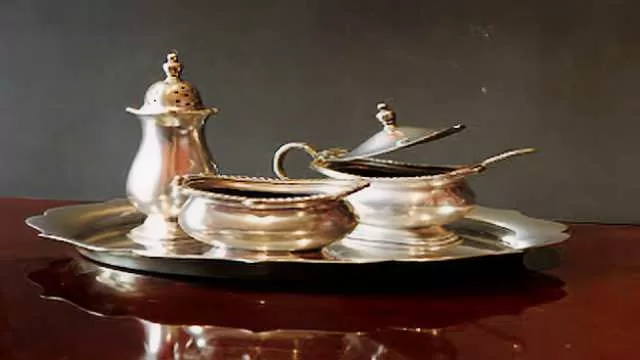The Fascinating Journey of Salt and Its Role in Our Lives
Key Points
Salt, a staple in every kitchen, plays a vital role in our lives. Too little or too much can lead to serious health issues, even death. This humble mineral’s significance stretches back to pre-history, with archaeological evidence indicating that Neolithic people boiled brine to extract salt over eight thousand years ago. The importance of salt in human history is reflected in numerous idioms, sayings, and even in religious texts like the Bible.
Salt in Ancient Times: From Necessity to Currency
In ancient Rome, soldiers received an allowance of salt, which was later replaced by money for purchasing salt. This practice gave rise to the term “salary.” The phrase “not worth his salt” refers to someone who is not valuable or effective. The Romans also gave us the word “salad,” derived from their practice of salting leafy greens to preserve and flavor them. Latin words like “salus” (health) and “salubrious” (beneficial to health) also stem from “salt.” Interestingly, “salubrious” is sometimes misused to describe something seedy or rundown, possibly due to confusion with “salacious.”
Humorous Pranks and the Evolution of Salt Shakers
Salt has even been the subject of workplace pranks. New employees were sent on wild goose chases for non-existent items like “pigeon’s milk” or “a bucket of steam.” One such prank involved sending someone for a “rick-mould,” a term that humorously morphed into the internet meme “Rick Rolling.” This meme involves redirecting an unsuspecting person to Rick Astley’s 1987 hit “Never Gonna Give You Up.”
Salt shakers, a common household item, evolved from John Mason’s screw-topped jars in 1858. Mason added holes to the lids for easier dispensing. Typically, salt shakers have fewer holes than pepper shakers. Before shakers, salt was served in small open pots called “salts,” often with a small spoon for serving. Important guests at a table sat “above the salt,” while those of lower status sat “below the salt.”
The Art of Collecting and Appreciating Saltware
Collecting saltware, such as cruet sets, has become a fascinating hobby. A cruet set might include a small salt dish, a pepper shaker, and a mustard pot. These sets often feature intricate designs and materials. For example, a set made in England in EPNS (Electroplated Nickel Silver) might include a salt dish with a blue plastic insert, mimicking more expensive blue glass inserts. The Georgian-style decoration with rope and acanthus patterns adds a touch of elegance.
The Modern Appreciation of Fine Salt
Today, the appreciation of quality salt continues. Maldon Sea Salt, for instance, is highly regarded for its flavor and texture. This salt, harvested in the coastal town of Maldon, Essex, has been a favorite among chefs and home cooks alike. Its delicate flakes dissolve easily and enhance the flavor of any dish.
In conclusion, salt is not just a kitchen staple but a substance rich in history, culture, and significance. From its early use in preserving food to its role in language and religion, salt continues to be an essential part of our lives. Whether you’re collecting antique saltware or savoring the taste of fine sea salt, appreciating the journey of salt adds a fascinating dimension to this everyday mineral.




















